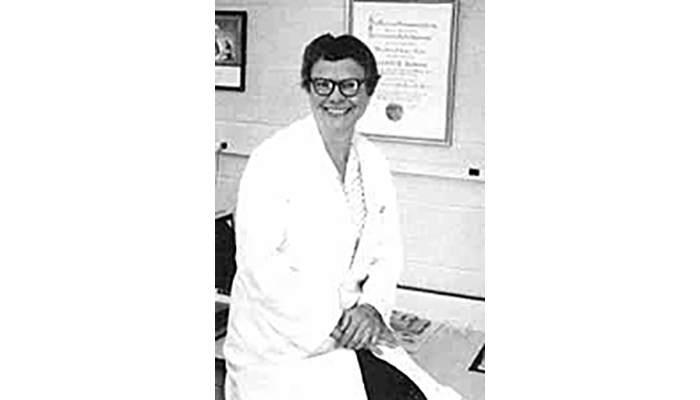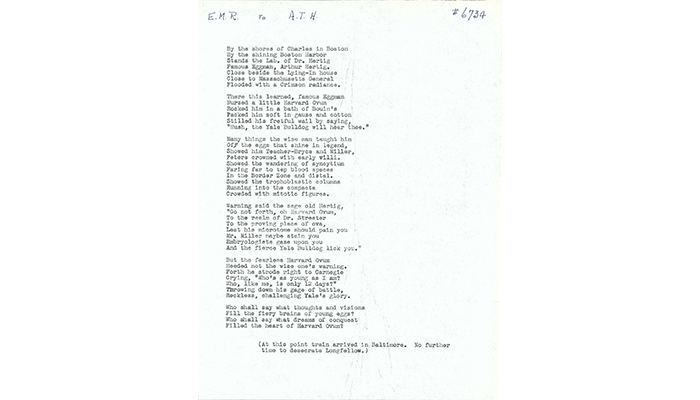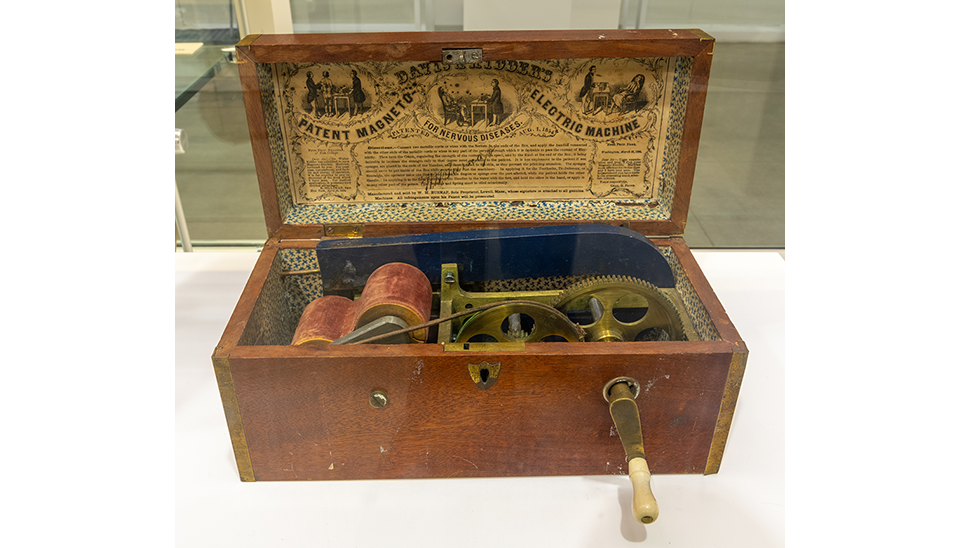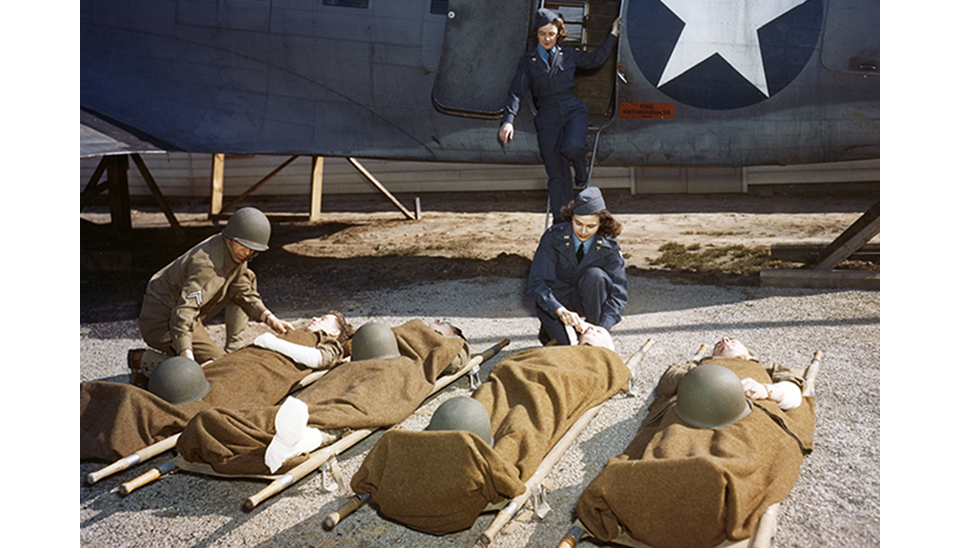Elizabeth Maplesden Ramsey was born in 1906 to Grace Keys and Charles Ramsey. She began her academic career at Mille College in Oakland, California earning a Bachelor of Arts. She would continue her education at the University of Hamburg for a year before earning her medical degree from Yale University in 1932.
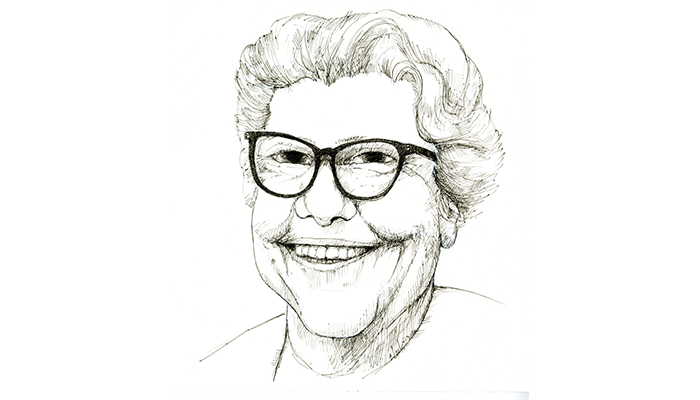
As a woman in a predominantly male profession, Ramsey likely faced adversity due to her gender, as many female physicians did during much of the 20th century. Despite this, Ramsey's tenacity and drive would propel her to make significant contributions to the medical field, specifically in maternal and child health.
While at Yale, Ramsey made a life-changing discovery that would advance knowledge of human development as well as earn her a position as a researcher at the prestigious Carnegie Institute of Washington Department of Embryology, a position she would hold for more than 30 years.
During an autopsy in 1934, Ramsey collected the youngest embryo at the time, the "Yale Embryo." With its addition to the Carnegie collection, it would help researchers understand what constitutes healthy early development for decades.
In 1991, the Carnegie Collection including the "Yale Embryo" was donated to the National Museum of Health and Medicine's Human Developmental Anatomy Collection. With the Carnegie Collection at its core, along with several other large donations, HDAC has become one of the largest and most comprehensive collections in the world for researchers and scientists studying human development and identifying abnormalities.
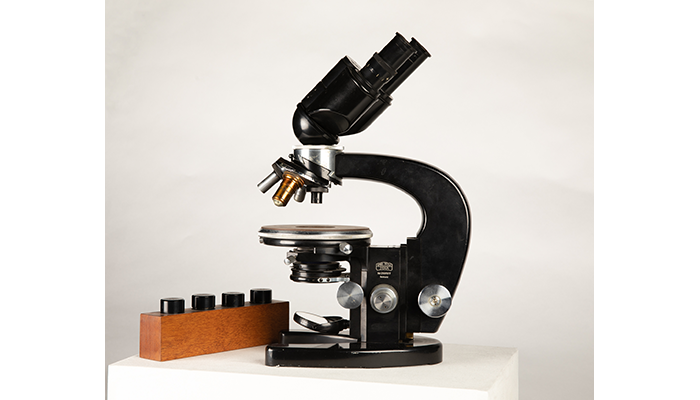
This small Spencer microscope and lens set was used by Elizabeth Ramsey in her home office after leaving the Carnegie Department of Embryology. (201117-D-TY520-0001)
Ramsey's interest in embryology expanded to include maternal and fetal health, specifically the study of the anatomy and physiology of the placenta. Using the then cutting-edge technology of X-ray videography, Ramsey, along with radiologist Martin Donner, is credited with uncovering the physical structure of the placenta, how blood circulated within the placenta, and the method of its exchange between maternal and fetal tissue. Their work became a foundation that allowed subsequent researchers to understand placental pathologies like abruption — the detachment of the placenta from the uterine wall — its causes and prevention.
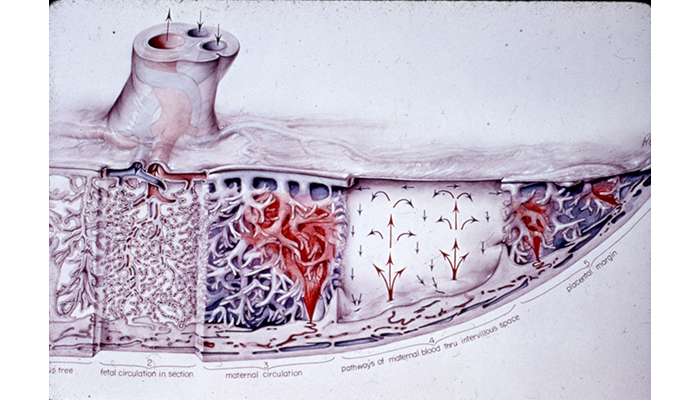
Diagram of placental vasculature and circulation, published in "Circulation in the Maternal Placenta of the Rhesus Monkey and Man, with Observations on the Marginal Lakes," E. Ramsey, March 1956, American Journal of Anatomy. (NMHM photo)
Ramsey's legacy is evident in current and continuing advancements in obstetrics and gynecology in addition to breaking barriers for her gender, Ramsey's textbooks and writings on placental development and circulation have helped generations of doctors understand fetal development and pregnancy related problems. She lectured around the world on maternal and fetal health and taught at Johns Hopkins Department of Embryology for more than 30 years. Along with serving on the Dean's Council at Yale Medical School, she has been honored and bestowed with awards from various prestigious medical organizations to include the Distinguished Service Award from the American College of Obstetrics and Gynecologists and the Distinguished Scientist Award from the Society Gynecological Investigation. Ramsey also was an Honorary Fellow of the American Gynecological and Obstetrical Society. In addition, Ramsey was recognized for her longtime membership in the Washington Choral Society and served on the Board of the Choral Society and the National Symphony for many years.
The museum allows access to the HDAC collection for research purposes. For research inquires, click here. Please Note: Access to the HDAC collection is subject to museum approval and may be limited due to Covid-19 restrictions.
Special thanks to Elizabeth Lockett, HDAC Collections Manager, for her illustrative addition to the article.
Resources
HDAC: Elizabeth Maplesden Ramsey Collection
Smith, Kaitlin. "Elizabeth Maplesden Ramsey (1906-1993)." The Embryo Project Encyclopedia, Arizona State University. July 1, 2010.
Wellner, Karen. "Carnegie Institution of Washington Department of Embryology", The Embryo Project Encyclopedia, Arizona State University. June 6, 2010.
Nilsson, Jeff and Maude Radford Warren. "The Fight for Women Doctors." Saturday Evening Post. January 14, 2016.
Relevant Links:



